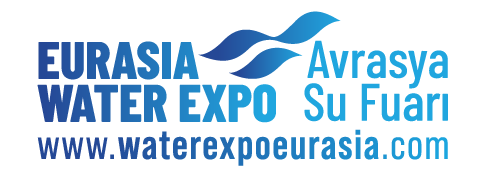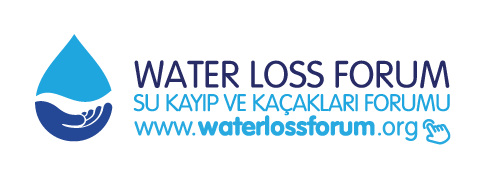Trenchless Technologies
Technology Types
TRENCHLESS TECHNOLOGIES
In general, drinking water and wastewater pipelines are neglected until a failure occurs, as they operate underground. It is crucial for these systems, especially those serving urban areas, to maintain their functionality after an earthquake or be quickly restored, as this is vital for public health and the environment. When aged pipelines are damaged due to various reasons (such as earthquakes), emergency intervention is required, leading to high costs. There are several trenchless methods available for rehabilitating these pipelines, and these methods have started being implemented by ISKI within the boundaries of Istanbul. Particularly, these trenchless rehabilitation methods are an attractive choice in areas with heavy traffic, residential-commercial buildings, and historic sites. The presence of different trenchless applications in pipeline rehabilitation makes it difficult to determine which method offers the optimum cost/lifetime relationship. The effect of the applied trenchless rehabilitation on the system’s performance during an earthquake is not known. In selecting the rehabilitation method, factors other than installation costs also influence the total cost. These applications, which are carried out after damage occurs or in cases of acute damage, are called reactive applications and symbolize the old approach.
Actions taken before damage occurs or before it becomes chronic are called proactive actions. These actions are twofold. The first step is to inspect the pipeline, and the second step involves determining the expected lifespan of the pipeline (undamaged, slightly damaged). In the subsequent phase, the pipelines should be rehabilitated according to the designated action plan using either trenchless or traditional techniques at specified intervals.
In Istanbul, and several other municipalities, sewer cleaning and inspection (visual inspection) are being applied to critical pipelines. This is increasing day by day. Although trenchless rehabilitation techniques applied in drinking and wastewater transmission pipelines are new technologies, their development continues. Each application has its advantages and disadvantages. As in the rest of the world, there is limited knowledge regarding these new technologies in our country. The diversity of methods and materials, and their characteristics, create challenges in selecting the optimum method.
1. Open Cut Rehabilitation
This technique involves excavating the section of the pipeline where the damaged pipe is located, removing the damaged section, and replacing it with a new one. This method is applied when the structural integrity of the existing pipes is lost, and serious damages occur. Such damages include missing sections, crushing or collapsing of the pipe, and large cracks, especially longitudinal cracks. It is also used when the pipeline is improperly or irregularly installed, or when the existing pipe’s flow capacity is insufficient.
During the application, the continuation of transmission in the pipeline, support applications to prevent possible collapses in the excavation area, and the potential for damaging other underground utilities such as telephone and electricity are disadvantages of this method. Another problem in open cut rehabilitation is the interruption of daily activities (such as water, electricity, traffic, and business). The cost of removing, transporting, and processing the waste generated from excavation can be higher than the cost of laying new pipelines.

Figure: Examples of open cut rehabilitation and new pipeline installation
In addition to the implementation cost of open cut rehabilitation, there is also a social cost that affects the public and daily life. The elements contributing to the social cost negatively impact daily life. These include the closure of roads to traffic, resulting in vehicles following alternative routes, the deterioration of roads in these alternate routes due to increased traffic density, the need for asphalt renewal, the increased fuel consumption and higher emissions of toxic gases due to vehicles using alternative routes, and the costs arising from road closures. Additionally, the mixing of wastewater into the soil and other surrounding elements during excavation, hindering pedestrian passage, and impacting commercial activities also contribute to the social cost. When conducting a price analysis in the selection of a rehabilitation technique, the social cost should be added to or considered alongside the application cost. In trenchless technology, social costs (traffic impact, effects on local property owners, property damage, impact on other installations, service interruptions, air pollution, noise pollution, etc.) are minimal or nonexistent.


Figure: Different cost categories for infrastructure projects (open cut – trenchless)
Repairing damaged pipelines is typically done using conventional methods, such as open cut technologies. In the excavated area, the old or damaged pipe is replaced with a new one. In some cases, the non-functional old pipeline is left as it is, and a parallel new pipeline is laid. This method has many social and environmental disadvantages. To minimize these disadvantages, several trenchless rehabilitation methods have been developed.




